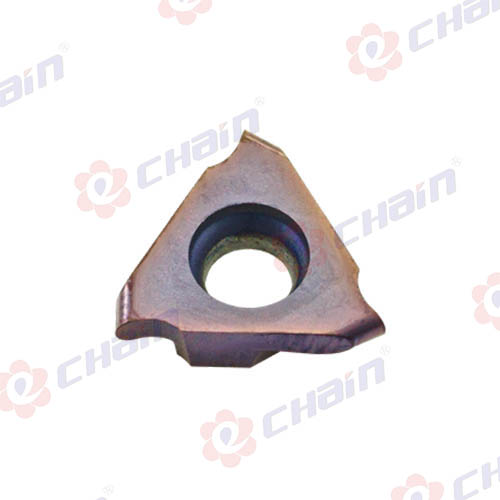Unlocking Precision: The Versatile Applications of Grooving Inserts in Machining
2024-03-19
Introduction:
In the realm of machining, precision and efficiency are paramount. Grooving inserts, specialized cutting tools designed for creating grooves, slots, and recesses in workpieces, play a crucial role in achieving these goals. From turning and milling to threading and parting, grooving inserts find versatile applications across a wide range of machining operations. In this blog, we'll explore the primary applications of grooving inserts in machining operations and their significance in enhancing productivity and quality.
1. Turning Operations:
In turning operations, grooving inserts are used to create internal and external grooves in cylindrical workpieces. These grooves serve various purposes, such as accommodating O-rings, retaining snap rings, or providing clearance for mating components. Grooving inserts enable machinists to achieve precise groove dimensions and profiles with tight tolerances, ensuring proper fit and functionality of machined components.
2. Milling Operations:
In milling operations, grooving inserts are employed to cut grooves, slots, or channels in flat or contoured surfaces. Grooving inserts can be used for keyway milling, pocket milling, or slotting operations, allowing for the creation of intricate geometries and features in workpieces. By utilizing grooving inserts with specialized geometries and coatings, machinists can achieve efficient material removal and superior surface finish quality.
3. Threading Operations:
In threading operations, grooving inserts are utilized to cut internal or external threads in cylindrical or tapered workpieces. Grooving inserts with precision-ground threading profiles enable machinists to produce threads with accurate pitch, depth, and thread form, ensuring proper engagement and functionality of threaded assemblies. Thread grooving inserts are commonly used in industries such as automotive, aerospace, and oil and gas for producing threaded components with high precision and repeatability.
4. Parting Operations:
In parting or cutoff operations, grooving inserts are employed to separate workpieces from larger stock material. Parting inserts feature specialized geometries and edge preparations optimized for cutting through the workpiece efficiently and cleanly. Grooving inserts enable machinists to achieve accurate parting widths and minimize material waste, improving overall productivity and reducing machining costs.
5. Grooving Operations:
Of course, one of the primary applications of grooving inserts is in dedicated grooving operations. Grooving inserts are used to create grooves of various widths, depths, and profiles in workpieces for functional or decorative purposes. Whether for creating keyways, splines, or custom profiles, grooving inserts offer precision and versatility in achieving desired groove configurations.
Conclusion:
In conclusion, grooving inserts are indispensable tools in machining operations, offering versatility, precision, and efficiency in a wide range of applications. From turning and milling to threading and parting, grooving inserts enable machinists to create precise grooves, slots, and recesses in workpieces with tight tolerances and high-quality surface finishes. By harnessing the capabilities of grooving inserts, manufacturers can optimize productivity, enhance product quality, and unlock new possibilities in metalworking processes. As machining technologies continue to evolve, grooving inserts will remain essential components in the pursuit of excellence in manufacturing.



